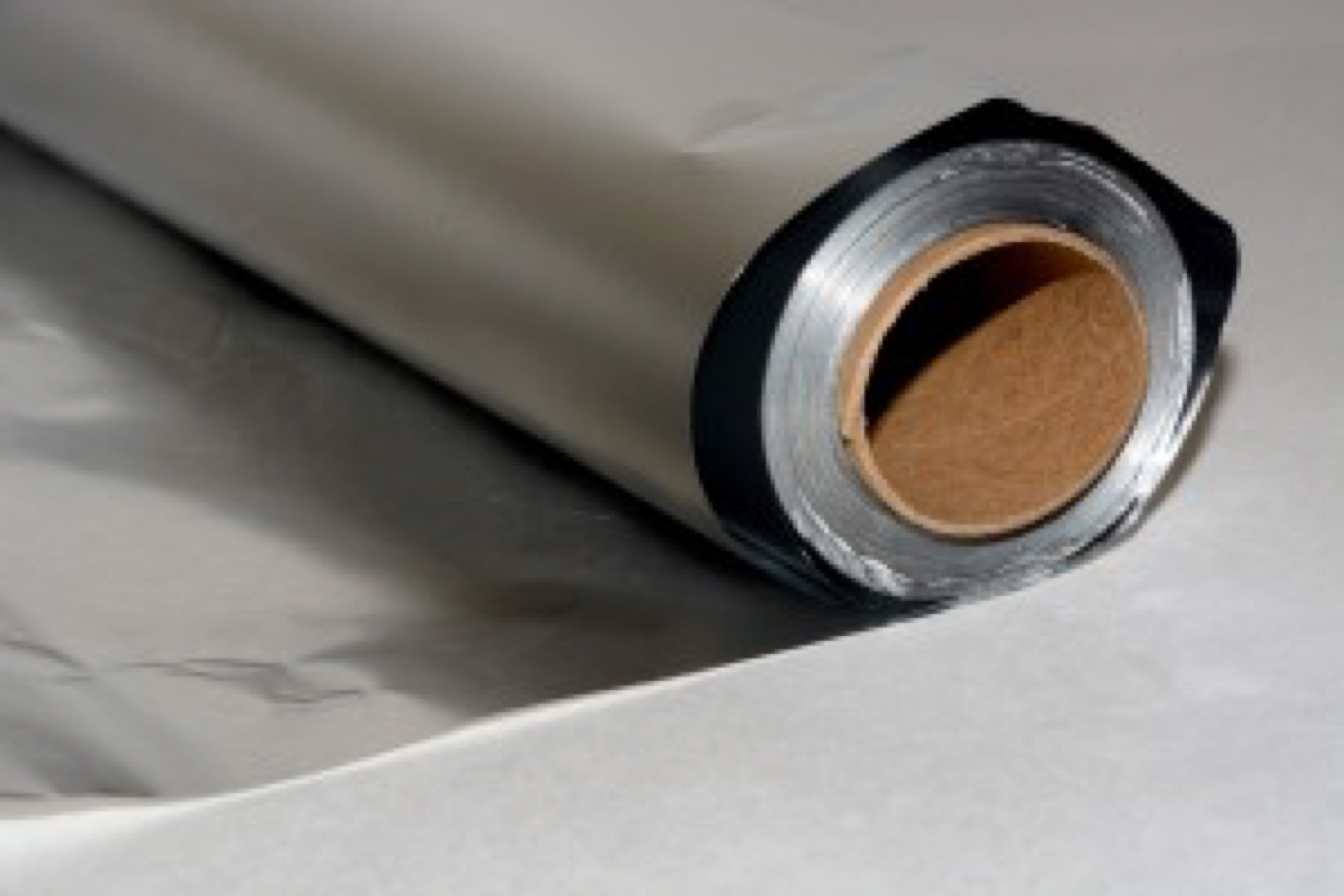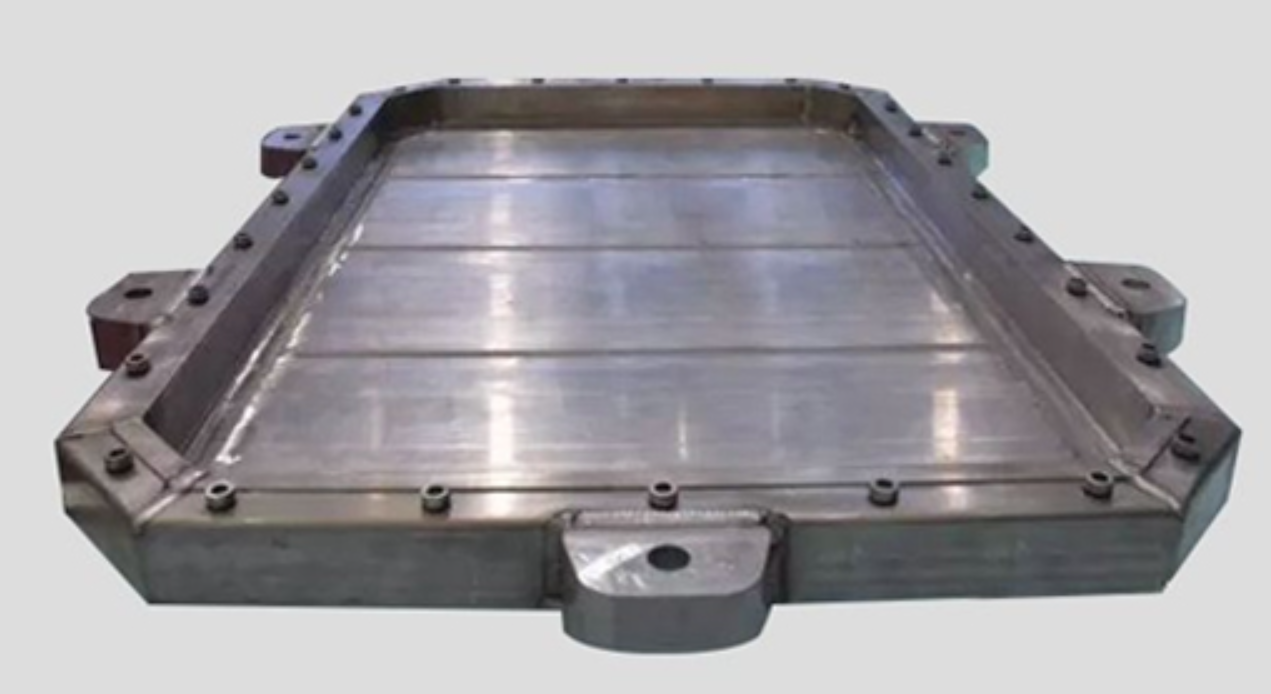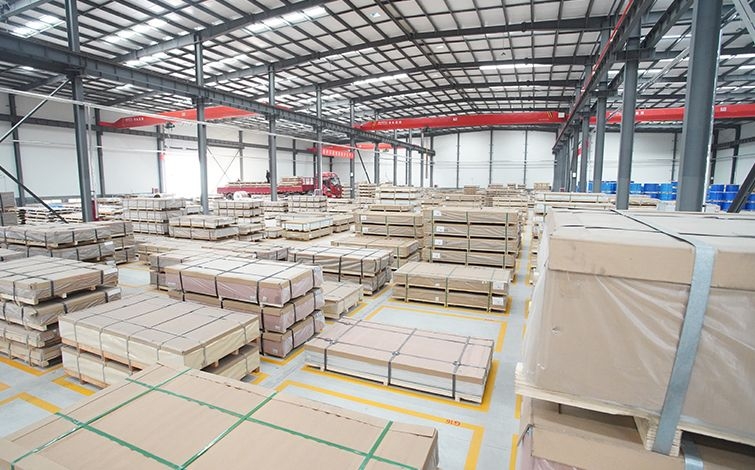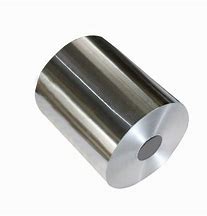



Comparison of copper, aluminium and zinc
Market distribution and characteristics of copper
The application and consumption of copper has been increasing in recent years. From 1960 to 1997, world copper consumption increased from 3.735 million tonnes to 13.084 million tonnes, an average annual increase of 3.4 per cent. Eliminating population growth, from 1950 to 1997, per capita copper consumption increased from 1.07 to 2.25 kg/person, an average annual increase of 1.6 per cent. Copper consumption in China has increased significantly in recent years, with an average annual increase of 4-5%, reaching 1.39 million tonnes of refined copper in 1998. Per capita copper consumption is around 1.1 kg, which is much higher than that of India, but still below the world average. In particular, the gap is greater when compared to developed countries. In the same period, it was 10.2 kg in the USA, 8.9 kg in Western Europe and above 10 kg in Japan. The structure of copper consumption is shown in Figures 1 and 2. In developed countries such as the USA and Western Europe, copper is currently used in a large proportion of the construction industry. In the USA, for example, copper consumption in the construction industry accounted for 22% of total copper consumption in 1960 and rose to 43% in 1997, making it the main market for copper consumption. In China, copper is still mainly used in the power industry and is significantly less used and consumed in other industries, especially in the construction industry, than in developed countries.

Market distribution and characteristics of aluminium
The raw material for the production of aluminium ingots is bauxite, the total amount of bauxite resources in the world is about 40-50 billion tons, and the countries with reserves above 1 billion tons include Guinea, Australia, Brazil, Jamaica and India, etc. The bauxite in these countries accounts for 73% of the total bauxite reserves in the world. And the amount of aluminium production is mainly concentrated in the United States, the former Soviet Union, Canada, Australia, Brazil, Norway and other countries, the production of no one in the eye a ball of more than 60%. Aluminium supply sources in addition to new aluminium, recycled aluminium also occupies a high proportion, recycled aluminium is also divided into old material recycling (the main source is beverage cans and automotive scrap parts), new material recycling (processing scrap) two kinds. In the past three years, global primary aluminium production increased by about 1 million tons per year, with total production of 22.66 million tons in 1998 and 23.6 million tons in 1999. The annual increase in global aluminium consumption is only 100,000 tonnes, which is much lower than the growth rate of aluminium production. The United States is the world's largest producer and consumer of aluminium, and due to its limited domestic bauxite reserves, it needs to import large amounts of raw materials every year. China ranks third in both production and consumption.
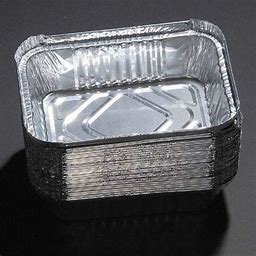
Market distribution and characteristics of zinc
Zinc is an important non-ferrous raw material and is currently second only to copper and aluminium in the consumption of non-ferrous metals. Zinc metal has good ductility, wear resistance and corrosion resistance and can be made into alloys with a variety of metals with even better physical and chemical properties. The main products produced by primary zinc companies are: zinc metal, zinc-based alloys and zinc oxide.
* Thank you for your inquiry. Please provide your business needs information so that we can better serve you.
This information can help us assign the most suitable person to solve your problem. We will give you feedback within 1-2 working days.
Related Blog
